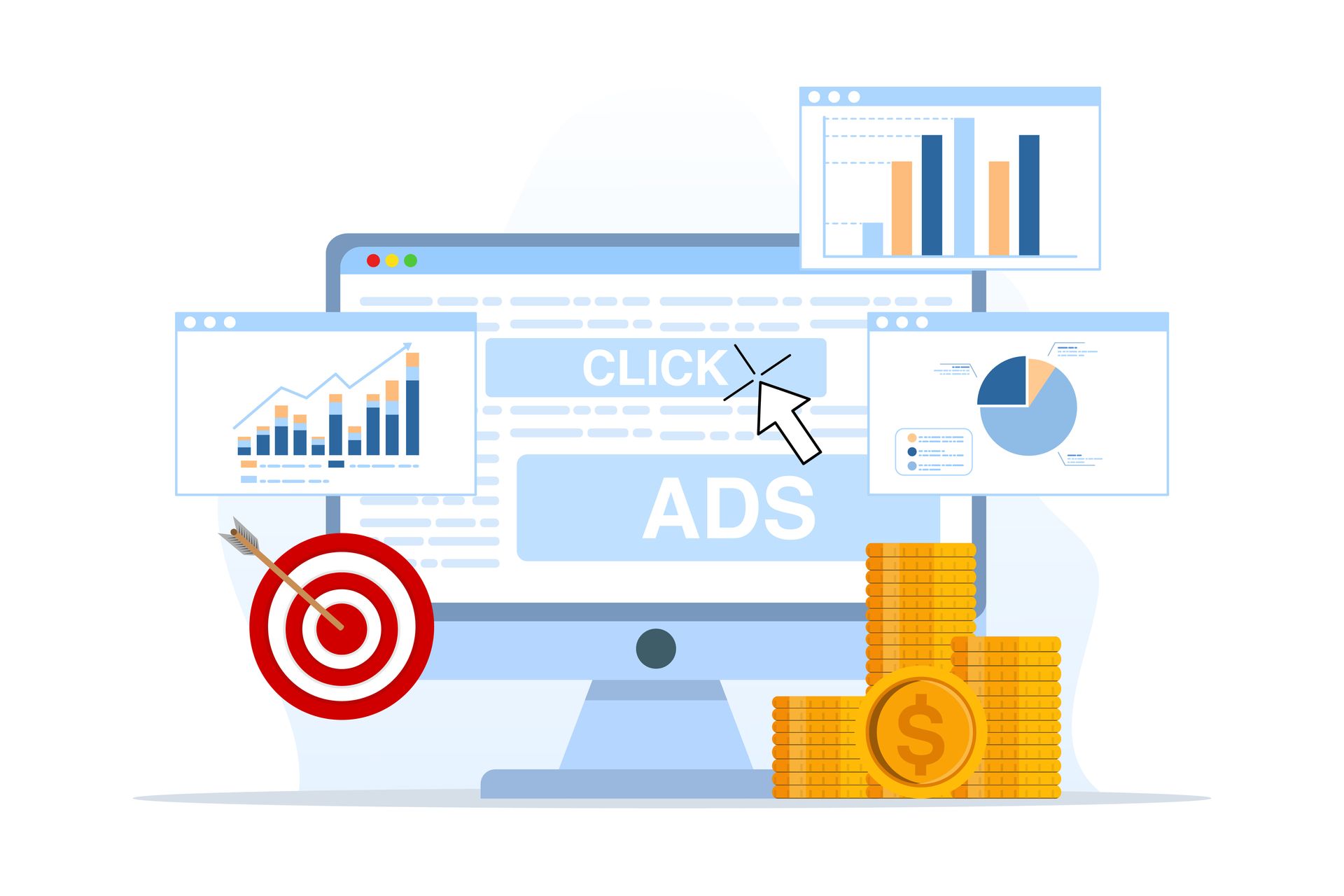The Ultimate Guide to Understanding Google Paid Search Cost: How to Maximise ROI and Drive More Traffic
The Ultimate Guide to Understanding Google Paid Search Cost: How to Maximise ROI and Drive More Traffic
Are you tired of pouring money into Google paid search campaigns without seeing the desired results? Understanding the cost behind Google paid search is vital for maximising your return on investment (ROI) and driving more traffic to your website. In this comprehensive guide, we will break down the factors that contribute to the cost of Google paid search and provide you with actionable strategies to make the most of your budget.
From keyword selection and quality score to bidding strategies and ad placements, we will explore the key elements that impact the cost of Google paid search. By gaining a deep understanding of these factors, you will be equipped to optimise your campaigns and achieve better results. Whether you are new to Google paid search or looking to improve your existing campaigns, this guide will provide you with the insights and strategies you need to succeed. Get ready to take control of your Google paid search campaigns and drive more traffic to your website while maximising your ROI.
Understanding the cost of Google Paid Search
Google Paid Search, also known as Google Ads, is a powerful advertising platform that allows businesses to reach potential customers through targeted ad placements on the search engine results pages (SERPs). However, understanding the cost of Google Paid Search is crucial for maximising your return on investment (ROI) and driving more traffic to your website.
One of the primary factors that contribute to the cost of Google Paid Search is the cost-per-click (CPC) model. Advertisers bid on specific keywords or phrases, and the cost of each click is determined by the level of competition, the quality of the ad, and the relevance of the landing page. The higher the competition for a particular keyword, the more you may have to pay per click to secure a top ad position.
Another important factor in the cost of Google Paid Search is the quality score, which is a metric that Google uses to assess the relevance and quality of your ad and landing page. A higher quality score can lead to lower CPC, while a lower quality score can result in higher costs. Factors that contribute to quality score include the relevance of your ad copy, the user experience on your landing page, and the overall click-through rate (CTR) of your ad.
Factors that affect Google Paid Search cost
The cost of Google Paid Search can be influenced by a variety of factors, and understanding these factors is crucial for optimising your campaigns and maximising your ROI.
One of the primary factors that affect Google Paid Search cost is the competitiveness of the market and the demand for specific keywords. High-volume, commercially-driven keywords tend to have higher CPCs, as advertisers are willing to pay more to secure the top ad positions. On the other hand, less competitive, long-tail keywords may have lower CPCs, but they may also generate fewer clicks and conversions.
Another key factor that affects the cost of Google Paid Search is the quality of your ad and landing page. As mentioned earlier, Google's quality score is a crucial metric that determines the cost-per-click and the ad's position on the SERP. By optimising your ad copy, improving the user experience on your landing page, and maintaining a high CTR, you can increase your quality score and lower your CPC.
The location and device targeting of your ad campaigns can also impact the cost of Google Paid Search. Ads targeted to specific geographic regions or devices (e.g., mobile vs. desktop) may have different CPCs based on the competition and user behaviour in those areas or on those devices.

Conclusion and key takeaways
In conclusion, understanding the cost of Google Paid Search and implementing effective strategies to maximise your return on investment (ROI) is essential for driving more traffic to your website and achieving your business goals. By exploring the various factors that influence the cost of Google Paid Search, including keyword selection, quality score, and bidding strategies, you can make informed decisions about how to optimise your campaigns and achieve better results.
Key takeaways from this guide include:
· Understanding the cost-per-click (CPC) model and the factors that influence it, such as keyword competition and ad quality
· Calculating and optimising your ROI by tracking key metrics like conversions, conversion value, and total ad spend
· Implementing strategies to maximise ROI, such as focused keyword research, ad copy optimisation, and advanced bidding strategies
· Leveraging targeting and audience segmentation to reach the most relevant and valuable users
· Utilising ad extensions to improve the user experience and increase the visibility and engagement of your ads
· Continuously tracking and analysing the performance of your Google Paid Search campaigns to make data-driven decisions and optimise your strategies over time.
By applying the insights and strategies outlined in this guide, you'll be well on your way to mastering the cost of Google Paid Search and driving more traffic and revenue to your business. Good luck!














